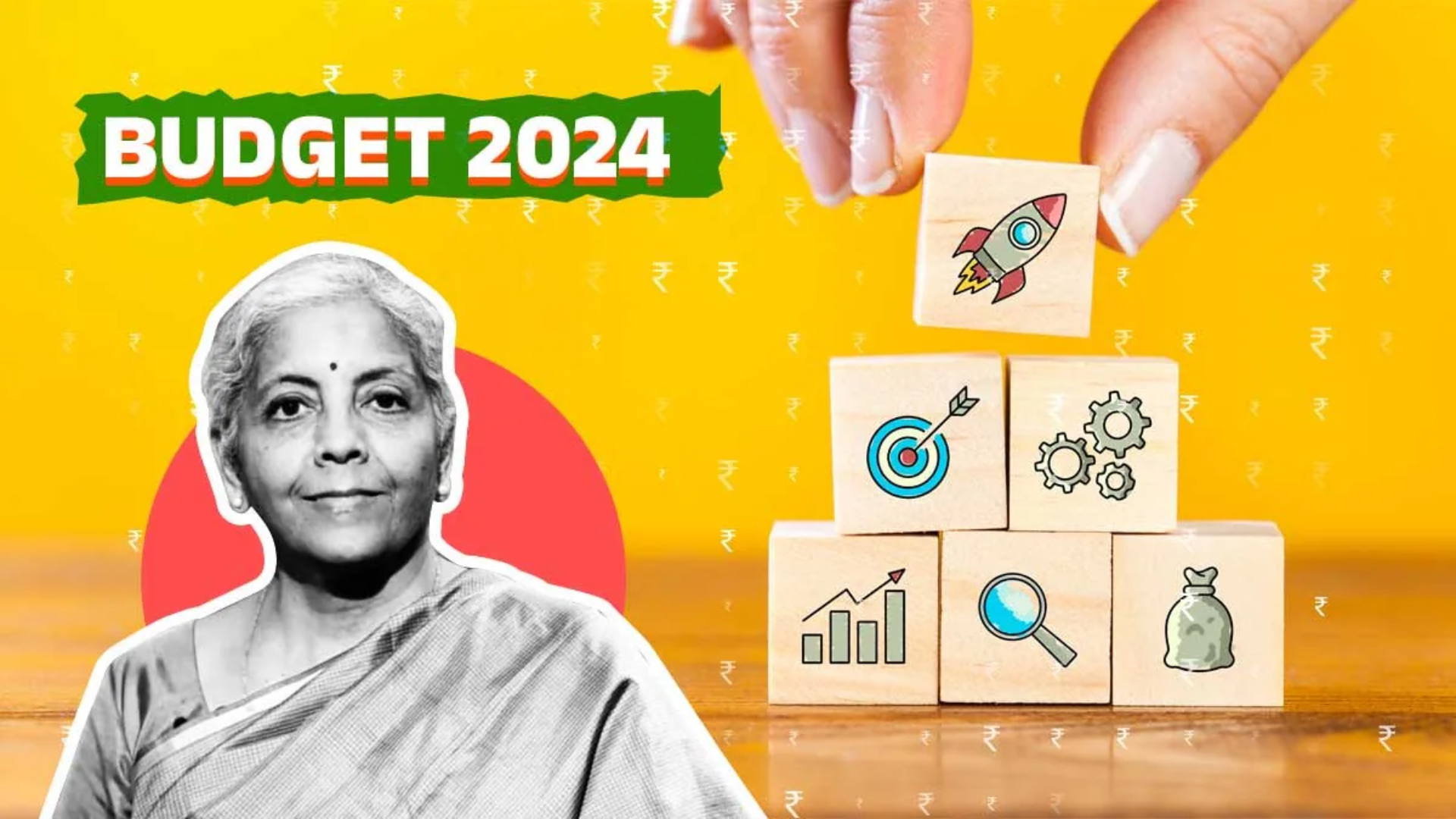The recently unveiled Budget 2024-2025, presented by Finance Minister Nirmala Sitharaman, offers a detailed and comprehensive blueprint for achieving Viksit Bharat, or a developed India. Embracing a broad vision, the budget outlines nine priority areas, echoing the focus of FICCI’s own priorities, which include manufacturing, farm-led growth, women-led development, and sustainability. These areas are crucial as the nation aims for further progress and growth.
This year’s budget introduces a forward-looking economic policy framework aimed at next-generation reforms. These reforms are designed to enhance the productivity of essential factors such as land, labor, capital, entrepreneurship, and technology, thereby making markets and sectors more efficient. As global productivity growth shows signs of slowing, these reforms are critical for sustaining India’s economic expansion over the next 25 years.
Infrastructure investment has been a major focus in recent years, with spending nearly doubling over the last six to seven years. Significant progress has been made in developing roads, highways, ports, electricity, and more. This infrastructure push has had a considerable positive impact on the economy, and the government’s commitment to maintaining robust fiscal support for infrastructure is expected to continue. This year’s budget includes a record-high allocation of ₹11.11 trillion for capital expenditure, representing 3.4% of GDP.
The budget also emphasizes manufacturing, MSMEs (Micro, Small, and Medium Enterprises), and employment. Key incentives include support for employment, strengthened backing for MSMEs, and measures to reduce the cost of doing business. These initiatives are essential as India strives to become a Viksit Bharat.
Manufacturing is highlighted as a critical sector for India’s development. The sector, now valued at $467 billion and ranking fifth globally, has significant room for growth compared to leading economies like Japan, Germany, and China. With only 11.4% of the workforce currently in manufacturing, there is a pressing need to expand this sector to provide stable, high-quality jobs and absorb the growing labor force.
The Economic Survey 2024 noted that while manufacturing job creation has been subdued, recent budget measures are expected to boost employment. The Prime Minister’s Package for Employment and Skilling, which includes incentives for first-time job seekers and support for employers, aims to address this need. Additionally, the budget includes provisions for MSMEs such as a credit guarantee scheme, support during stress periods, and the development of “plug and play” industrial parks in up to 100 cities.
Investors will find reassurance in the government’s commitment to reducing the fiscal deficit to below 4.5% by next year, down from the current 4.9%. This demonstrates a strong commitment to ongoing reforms and a resilient economic growth trajectory.
Anant Goenka, vice-president of FICCI and vice-chairman of RPG Enterprises, commends the budget for its strategic focus and comprehensive measures aimed at fostering sustainable development and economic stability.























